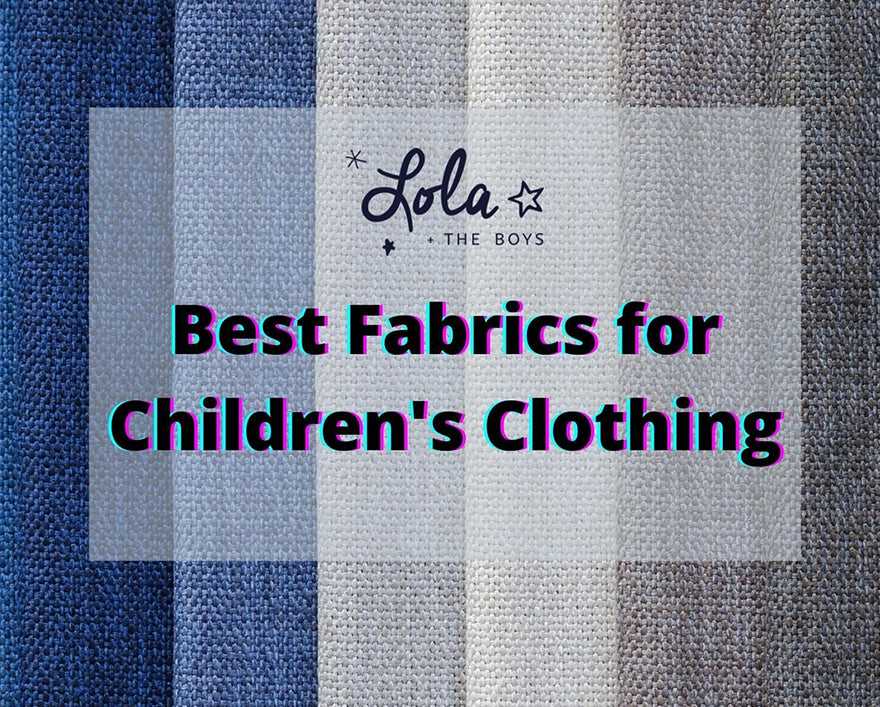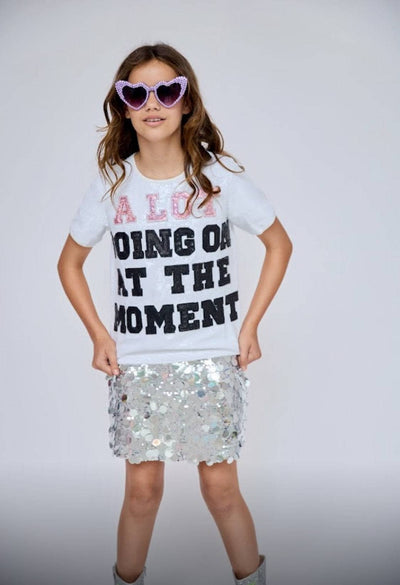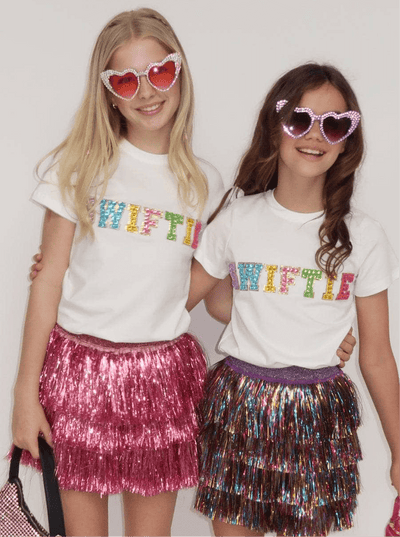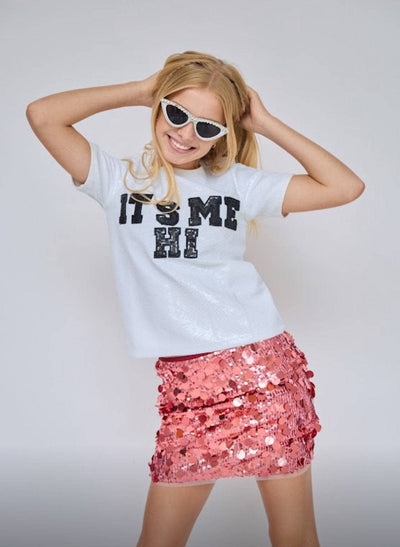Your Cart is Empty
Fabrics That Work Best for Children's Clothing

When buying clothes for children, parents often prefer style primarily. But the material is also important. Most experts agree that a child's wardrobe needs the following qualities: Breathable absorbs moisture and does not cause allergies. To make this task easier for parents, we've compiled a list of the best fabrics for children's clothing.
- Cotton
Cotton is traditionally considered one of the most eco-friendly fabrics. Children's jeans, T-shirts, dresses, and baby rompers made from this fabric are perfect for each season. It does not cause allergies, is durable enough and is very resistant to chemicals.
Cotton allows air to pass through and absorbs and stores moisture. Nevertheless, it also has drawbacks: it is difficult to iron and can change shape during washing. For this reason, cotton products can use small amounts of elastane or polyester.
- Linen
Linen, like cotton, is a widely used natural fabric. Linen clothing is ideal for the hot summer months. It allows air to pass through and absorbs moisture, but it is difficult to iron. Natural linen can be rough to the touch, which is not ideal for baby skin. Thin linen clothing, on the other hand, is still a viable option.
- Satin
The satin fabric has a shiny surface and appears to be silk. It has good ventilation and is simple to iron. Satin is appropriate for children's clothing. Satin will keep the child's body temperature stable due to its low thermal conductivity. Satin items almost never wrinkle and are extremely durable — this is one of the best choices for hot summer days.
- Fleece
It is a type of synthetic artificial fabric that is frequently used in the manufacture of children's clothing. Fleece has numerous advantages: it is long-lasting, easy to clean, dries quickly, and does not deform. Furthermore, fleece does not cause allergies. Because of these benefits, fleece fabric has grown in popularity in sportswear and outerwear, particularly for children.
- Wool
This is a natural fabric with many benefits, but it does necessitate special attention and care. Wool is ideal for children's clothing because it retains heat and is almost impervious to dirt. Nonetheless, some woolen fibers are uncomfortable to wear. Pay attention to the composition of the wool when selecting children's items made of woolen fabric. For example, acryl will soften the fabric and make it feel more comfortable to touch.
Conclusion:
These are not the only fabrics that can be used to make children's clothing. The final material selection is determined by the item's purpose and the season in which it is sewn. Among all products, children's clothing made from natural fabrics is particularly popular. Cotton, linen, and wool are the materials with the best breathability, increased hypoallergenic properties, and the most pleasant sensations. So, make an informed decision to keep your child healthy and happy.













